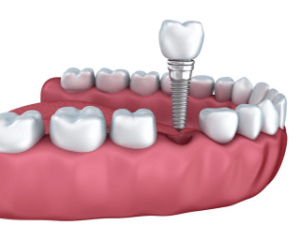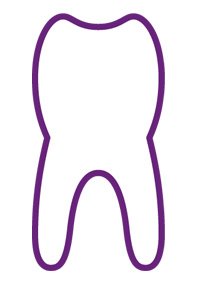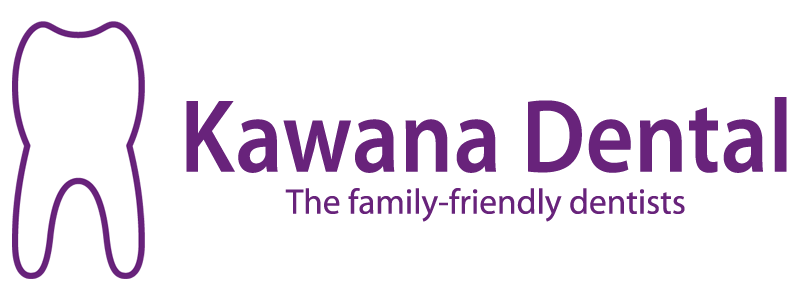02 Apr What are dental implants?
Dental implants are “man-made tooth roots” – frames or metal (titanium) posts that are surgically placed into the jawbone beneath the gums. Once they have been positioned, a dentist is then able to mount replacement teeth onto them. This method of tooth replacement has revolutionised the dental industry. Individual implants can replace individual teeth that are not saveable, and groups of implants can replace who arches. Sometimes implants can also be used to stabilise dentures.
Implants have a high success rate, though as with any surgical procedure there are a small percentage that may fail either in the short or long term.
How Implants Replace Real Teeth
Dental implants fuse to your jawbone and provide a stable support for mounting artificial teeth. Denture and bridges mounted to these implants won’t shift in a person’s mouth. This is an important benefit as it affects a person’s ability to talk and eat. Implants should generally function and feel very similar to a natural tooth, though there are some small differences in the way they feel as there is no natural ligament between the implant and the bone as there is between a natural tooth and bone.
For people where an ordinary bridge or dentures are not a comfortable option because of sore spots or poor ridges, or not possible because there are no adjacent teeth; dental implants may be a solution. There is and advantage of dental implants over a bridge in that the adjacent teeth do not need to be prepared or ground down to hold the replacement tooth in the correct position.
Requirements for Dental Implants
Healthy gums and adequate bone are needed to be able to support the implant successfully. If there is active gum (periodontal) disease, this needs to be dealt with first. If there is not adequate bone to support an implant, grafting procedures may be required.
It is also important to maintain a thorough, meticulous oral hygiene routine and have regular dental visits if the dental implants are to be successful long-term.
Procedure for Dental Implants
After the surgical placement of the implant there is a period of recovery during which the surrounding gum tissue has time to heal. A small healing cap is placed over the implant. After the gums have healed, a second procedure then connects a chewing tooth to the implant. This can be done for an individual tooth, or if there are multiple missing teeth, they can be grouped together on a bridge or denture.
The Cost of Dental Implants
Of the available tooth replacement options, implants are among the most expensive and as such health insurance will usually only cover a small portion of the costs.
Most dental implants including the tooth placed on top are in the realm of $5000.
Implants can dramatically improve your quality of life and restore your confidence when smiling and eating. If you have dentures, or are considering dental implants we’d love you to chat with us to discuss your options.



